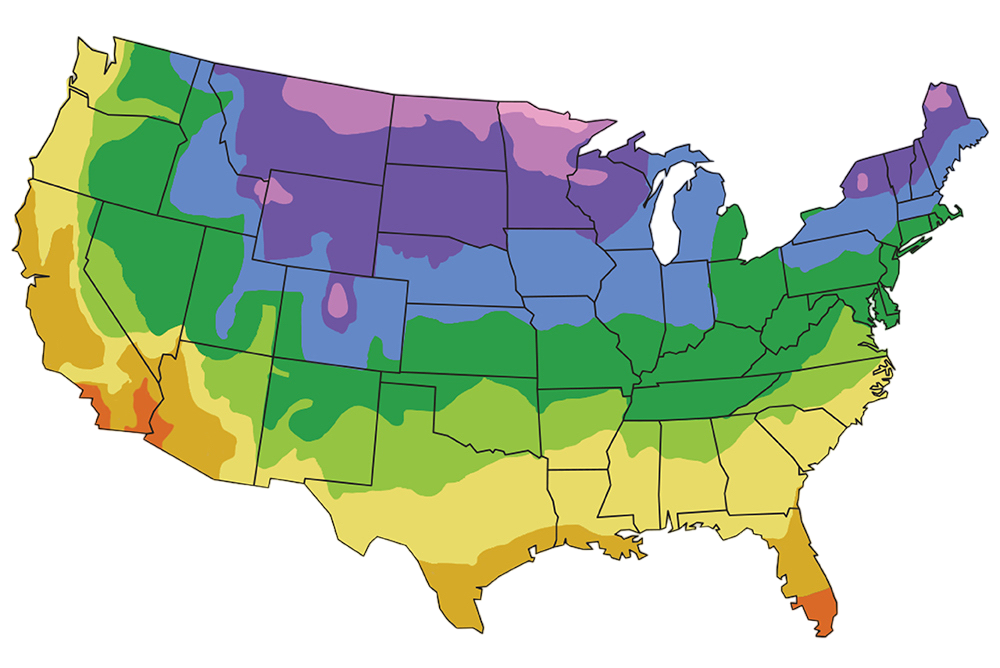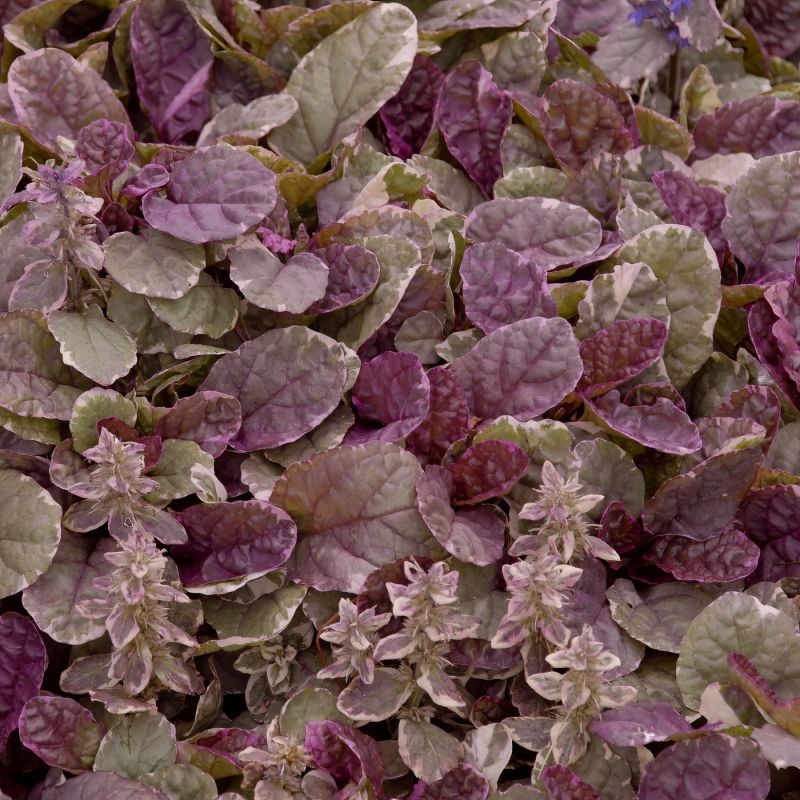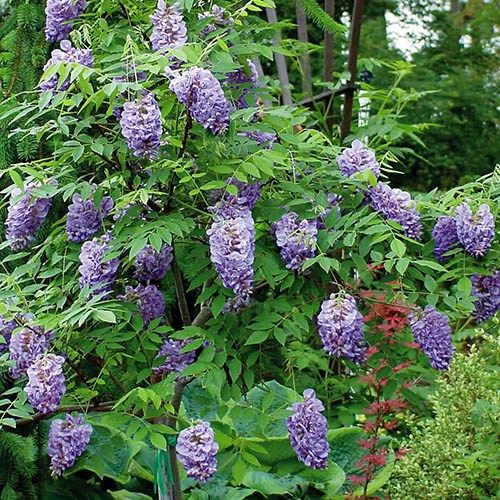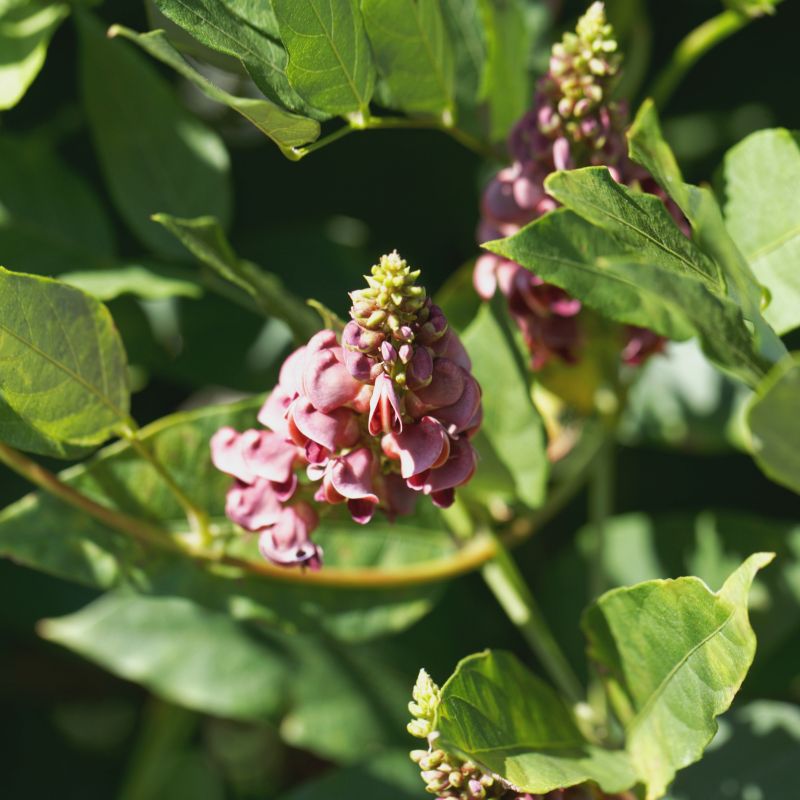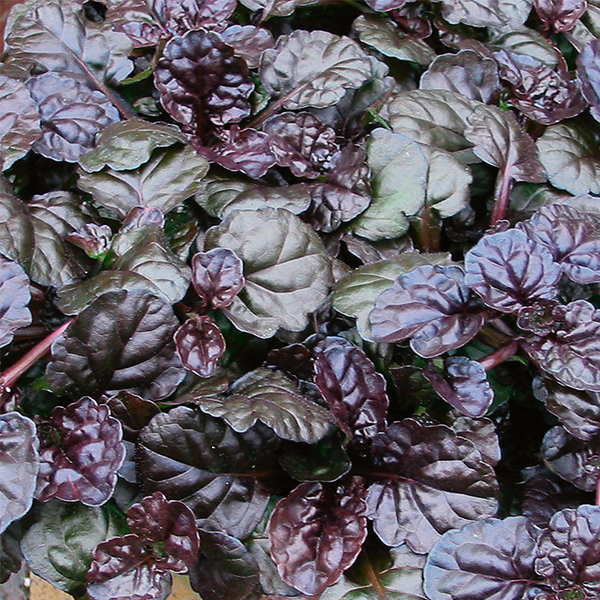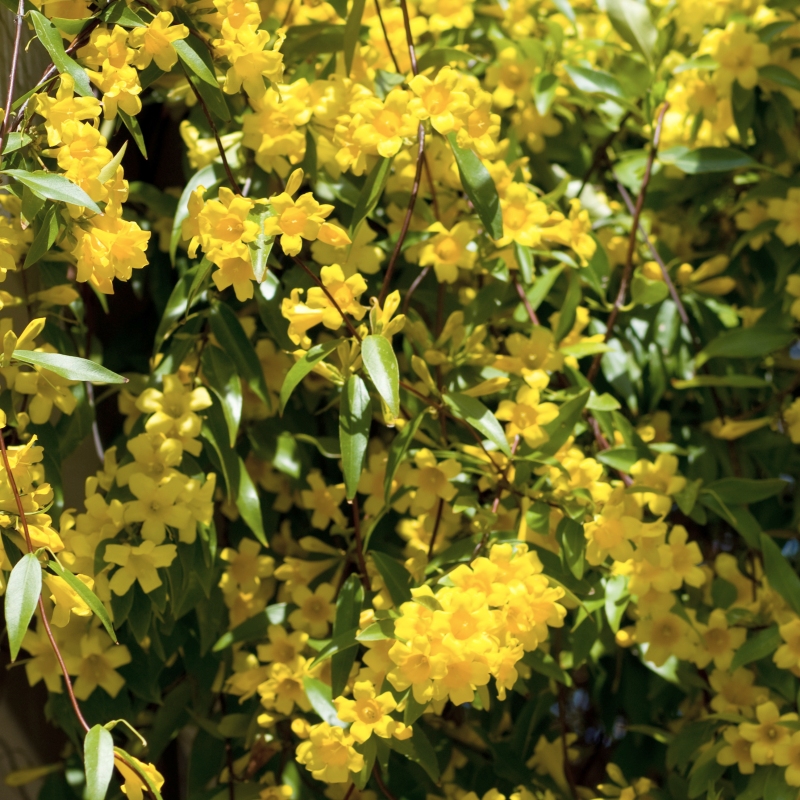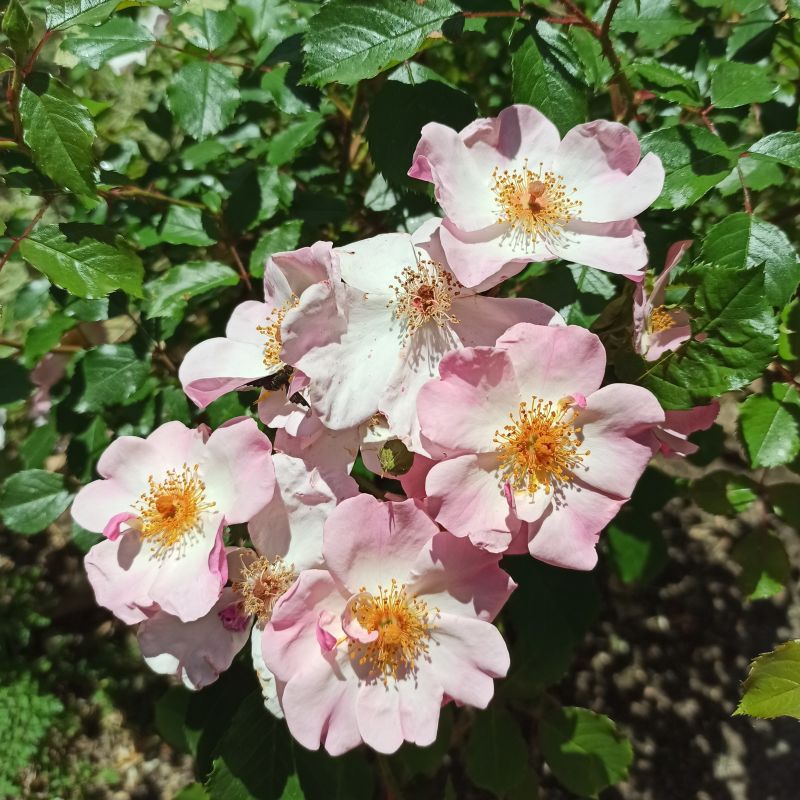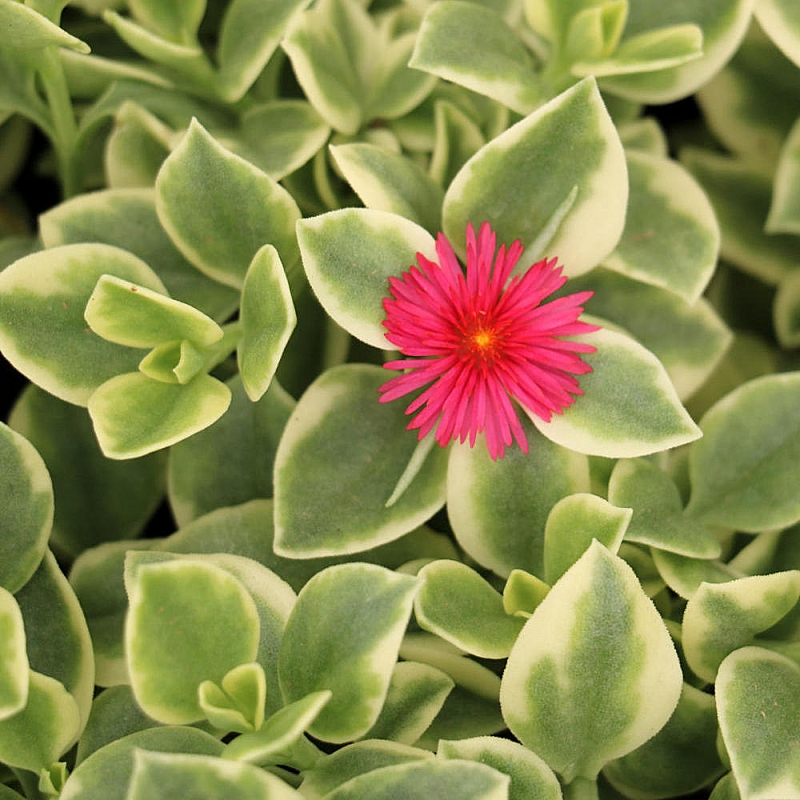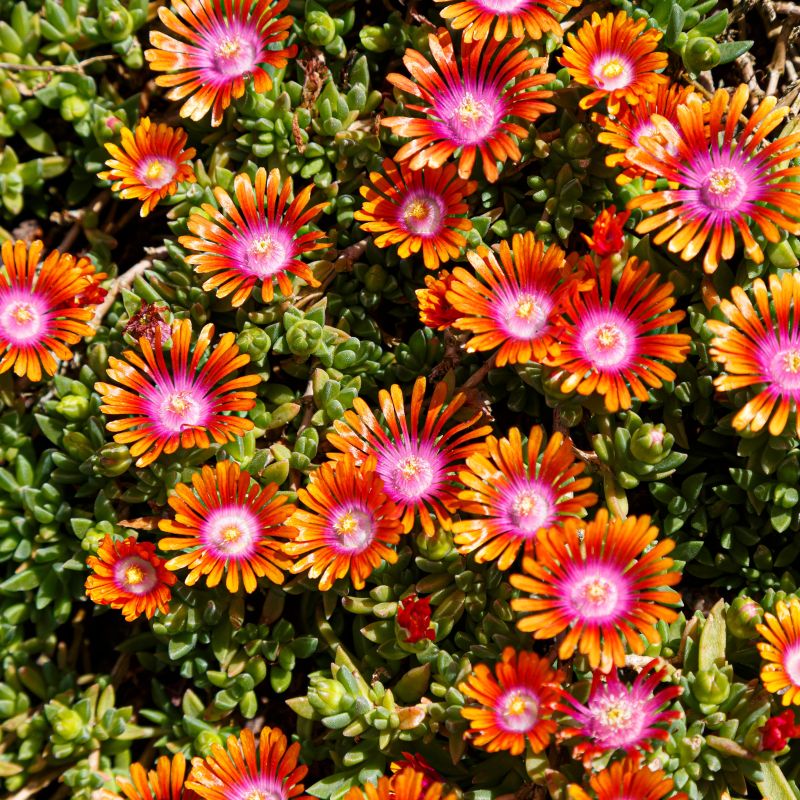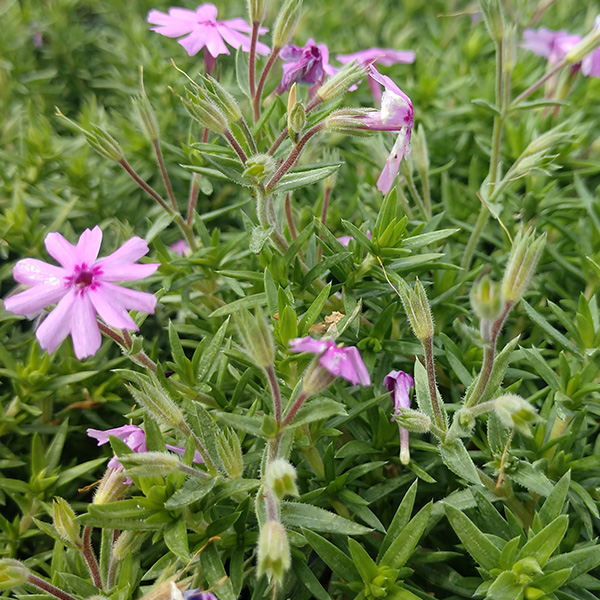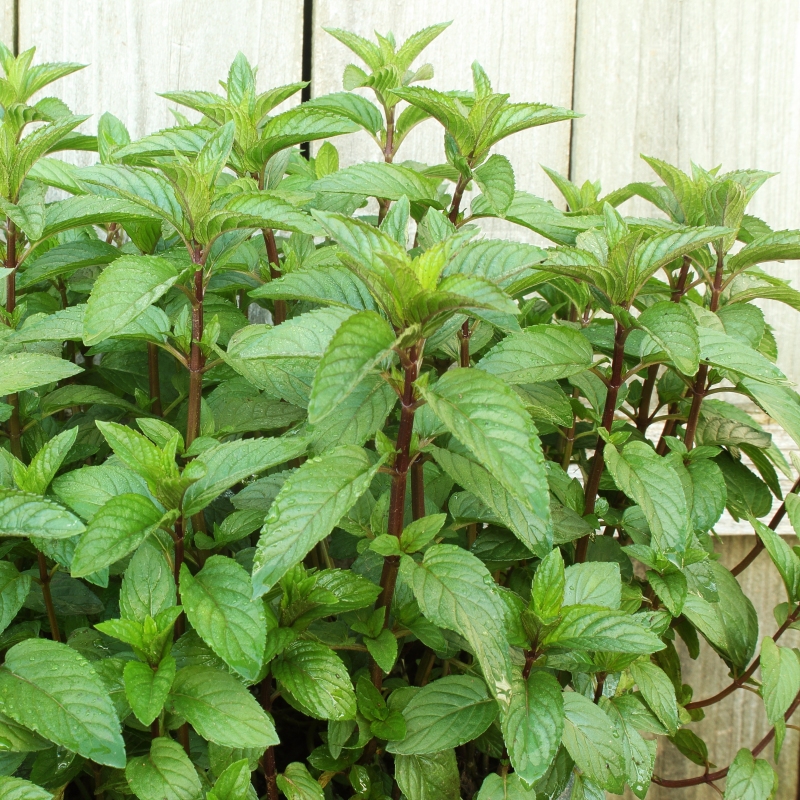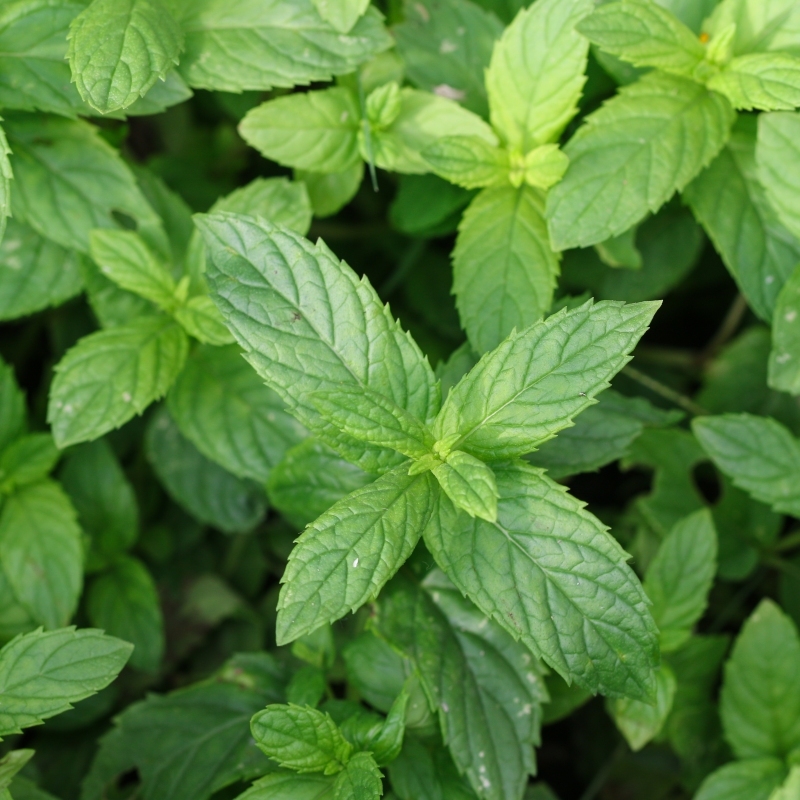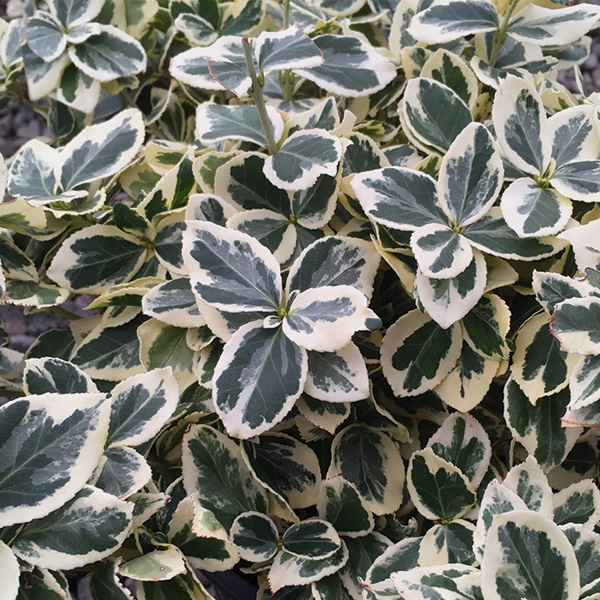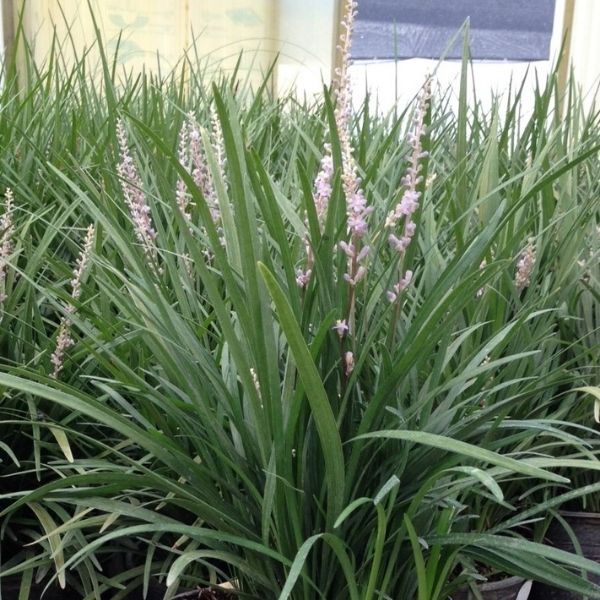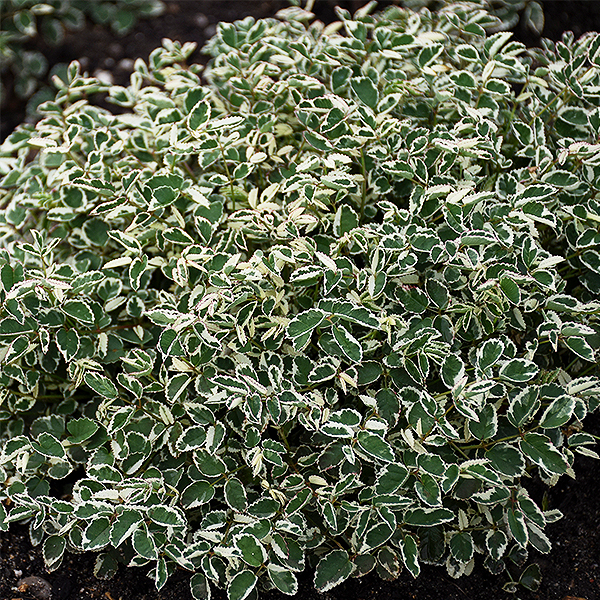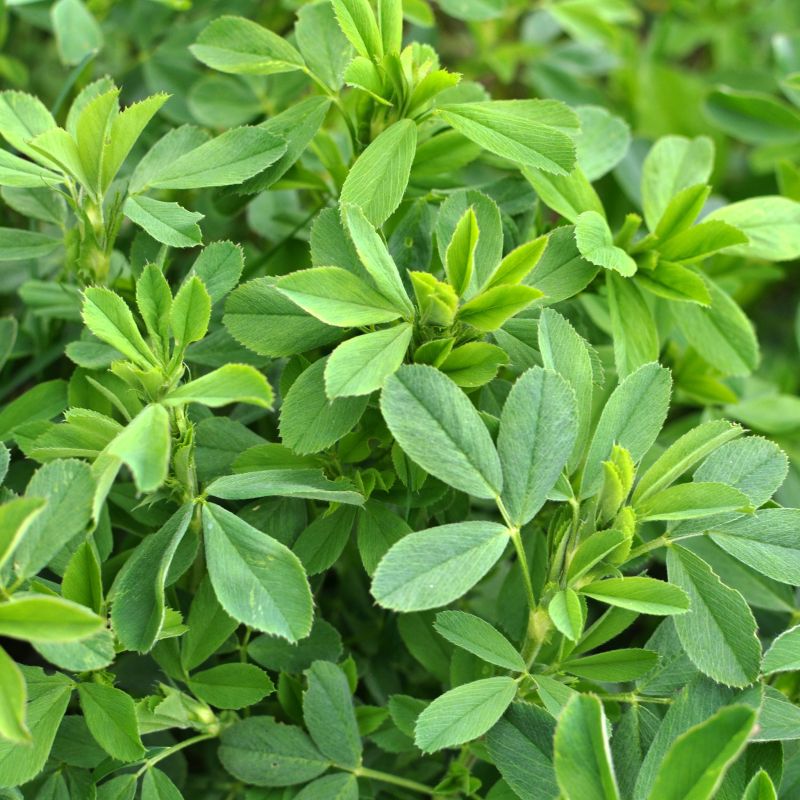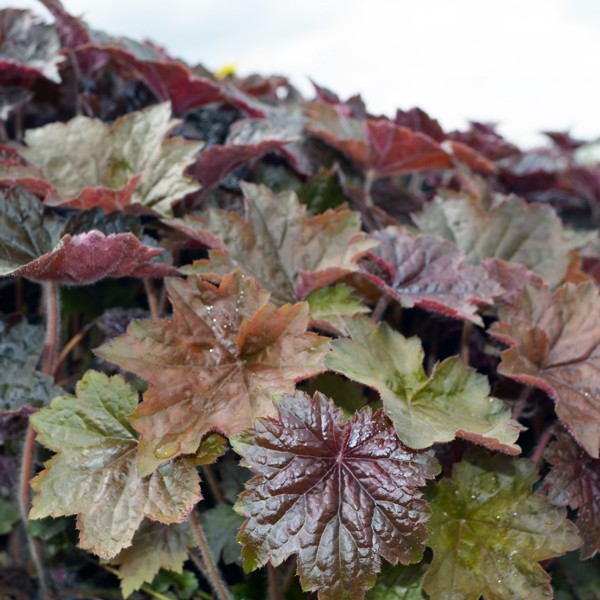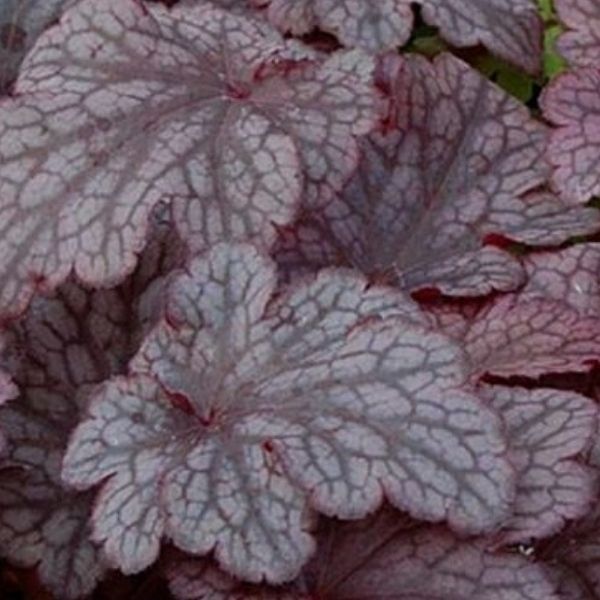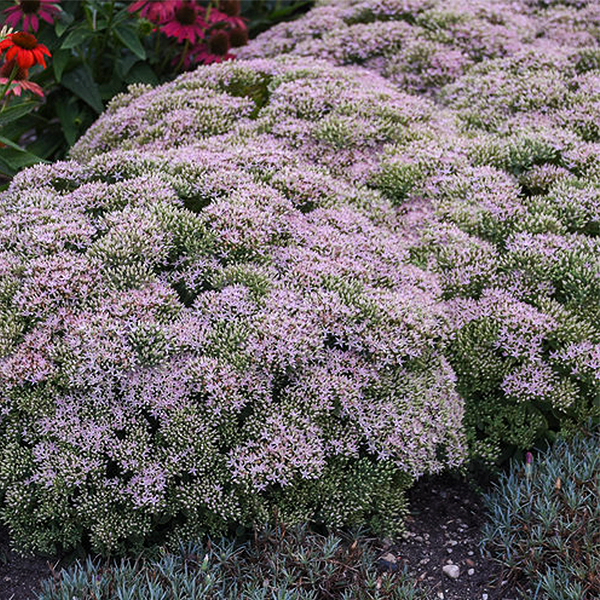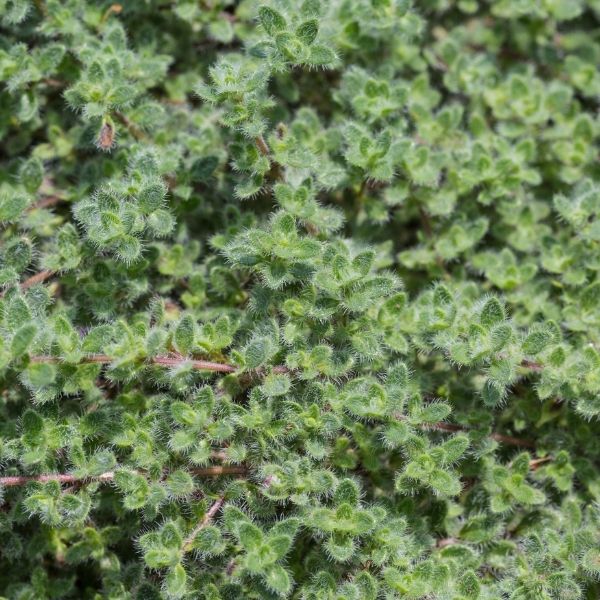
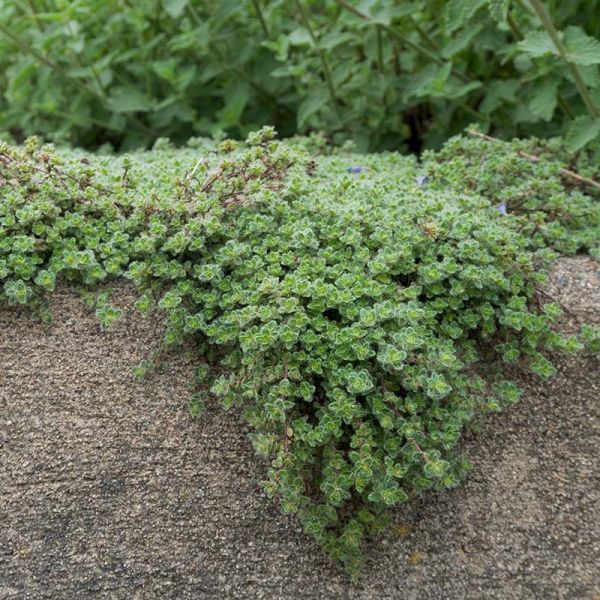
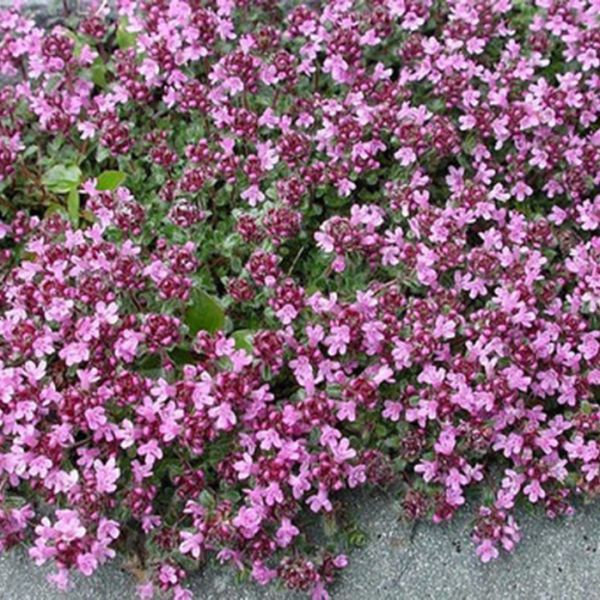
Woolly Thyme
Thymus pseudolanuginosus
40 reviews
Woolly Thyme
Thymus pseudolanuginosus
40 reviews
- 1 Gallon
- Premium 1 Gallon
We are sorry, product is currently out of stock due to seasonal availability. Please check the "Related plants available in your area" section below
Not just beautiful - intentionally selected by ShrubHub's 3D landscape design team to fit real-world spaces and maximize yard potential.
Why Woolly Thyme?
Woolly Thyme (Thymus pseudolanuginosus) is a low-growing perennial herb with fuzzy, silver-green leaves that resemble wool. It is often used as a groundcover in garden landscapes due to its ability to form dense mats of foliage. This thyme variety is drought-tolerant and prefers full sun exposure. It produces small, pink flowers in summer, attracting bees and butterflies. Its aromatic leaves can also be used for culinary purposes or in teas.
Related plants available in your area
Sunlight
Woolly Thyme requires full sunlight, which means it needs a minimum of six hours of direct sunlight each day to thrive and grow properly.
Watering
Woolly Thyme has low watering requirements and is drought-tolerant. It prefers well-drained soil and only needs watering when the top layer of soil feels dry. Overwatering can damage the plant, so it should be watered sparingly.
Fertilizing
Woolly Thyme requires a well-draining soil and prefers poor fertility. It does not require heavy fertilization and can thrive in nutrient-poor conditions.
Product Description: Woolly Thyme (Thymus pseudolanuginosus)
Woolly Thyme, scientifically known as Thymus pseudolanuginosus, is a low-growing perennial herb that belongs to the mint family Lamiaceae. This delightful evergreen plant is native to the Alps and other mountainous regions in Europe. With its woolly, silver-gray foliage, Woolly Thyme adds beauty and texture to any garden or landscape.
Woolly Thyme is known for its robust nature and ability to thrive in various conditions. Its prostrate growth habit forms a dense carpet of small, aromatic, oval-shaped leaves that are covered in fine, dense hairs, giving it a velvety appearance. The fuzzy foliage not only offers an attractive display throughout the year but also serves as a natural deterrent to browsing herbivores.
In addition to its decorative appeal, Woolly Thyme is also highly valued for its culinary and medicinal uses. The leaves of this versatile herb possess a savory, earthy flavor with a hint of mint, making it an excellent addition to various dishes. It can be used fresh or dried, providing a unique taste and aroma to meats, vegetables, soups, and more.
When it comes to growing conditions, Woolly Thyme is extremely adaptable. It thrives in both full sun and partial shade but tends to develop its silvery foliage more vibrantly in sunny locations. Well-drained soil, preferably alkaline, is essential for optimal growth. This thyme variety is also famous for its drought tolerance, making it a suitable choice for xeriscaping or rock gardens.
Aside from its culinary and ornamental uses, Woolly Thyme is known to attract pollinators such as bees and butterflies with its fragrant blooms. During the summer months, the plant produces attractive, pink to lilac flowers that emerge in short spike-like clusters above the foliage. These blossoms not only add a pop of color to the garden but also provide a valuable food source for beneficial insects.
Whether used for aesthetic purposes, culinary delights, or as a beneficial companion plant, Woolly Thyme is a versatile and hardy herb that brings beauty and practicality to any landscape or garden. Its unique silvery-gray foliage, drought tolerance, and aromatic leaves make it an excellent choice for gardens, borders, containers, and even between stepping stones or pavers.
Plant Information:
| Botanical Name: | Thymus pseudolanuginosus |
| USDA Zones: | 5 - 8 |
| Water: | Low Once Established |
| Exposure: | Full Sun |
| Soil Needs: | Well Drained |
| Mature Height: | 3 inches |
| Mature Spread: | 6 - 12 inches |
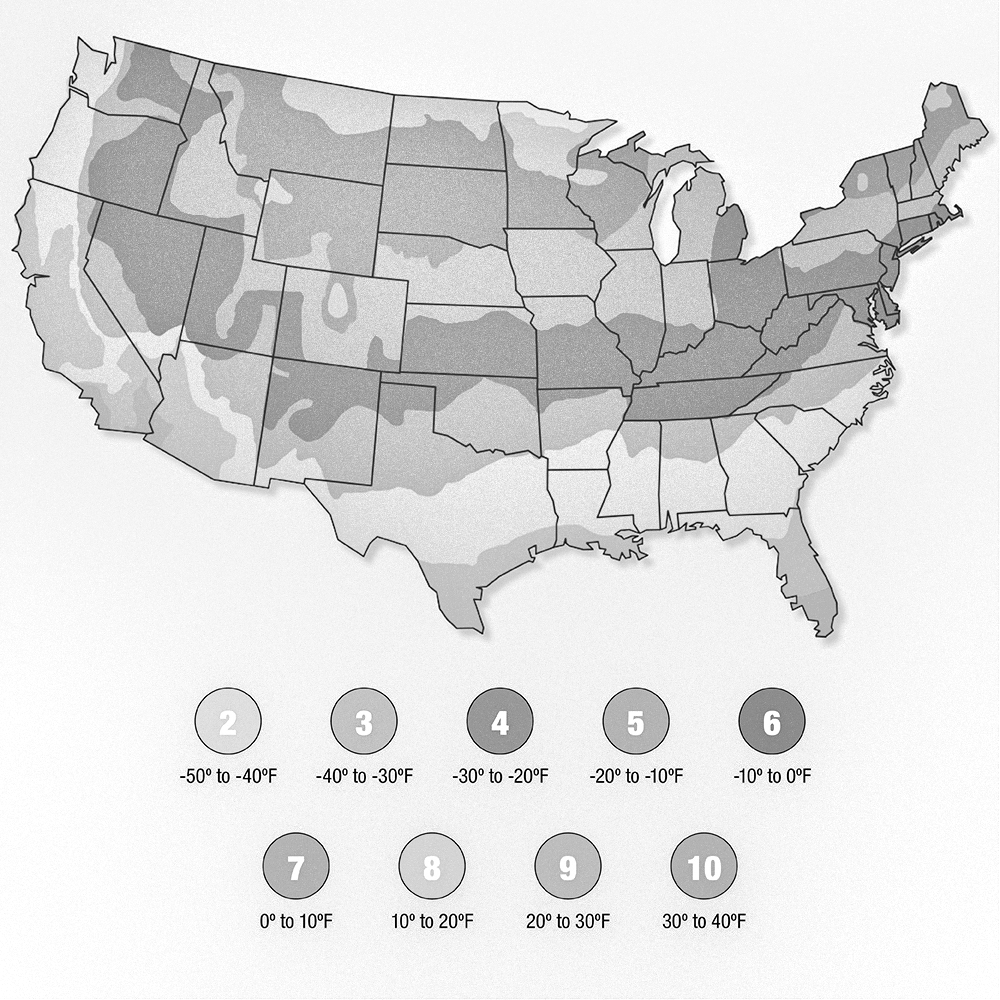
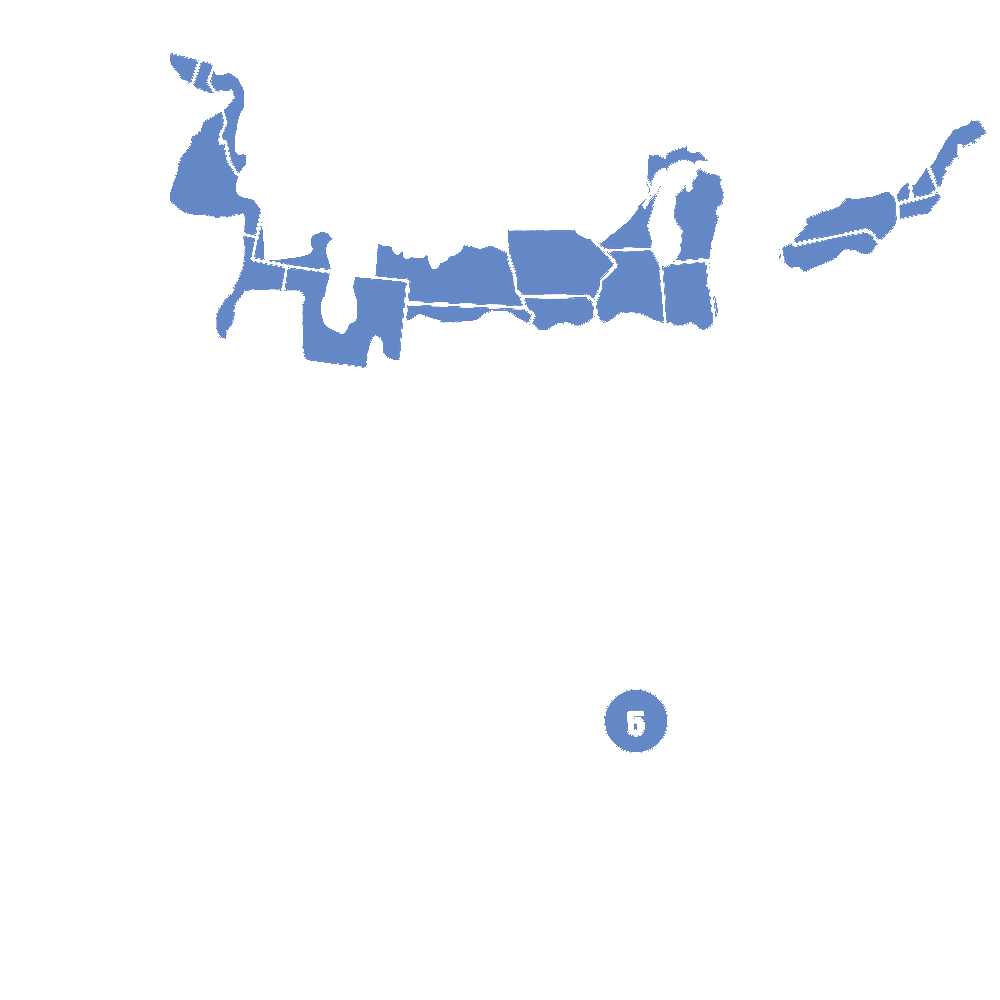
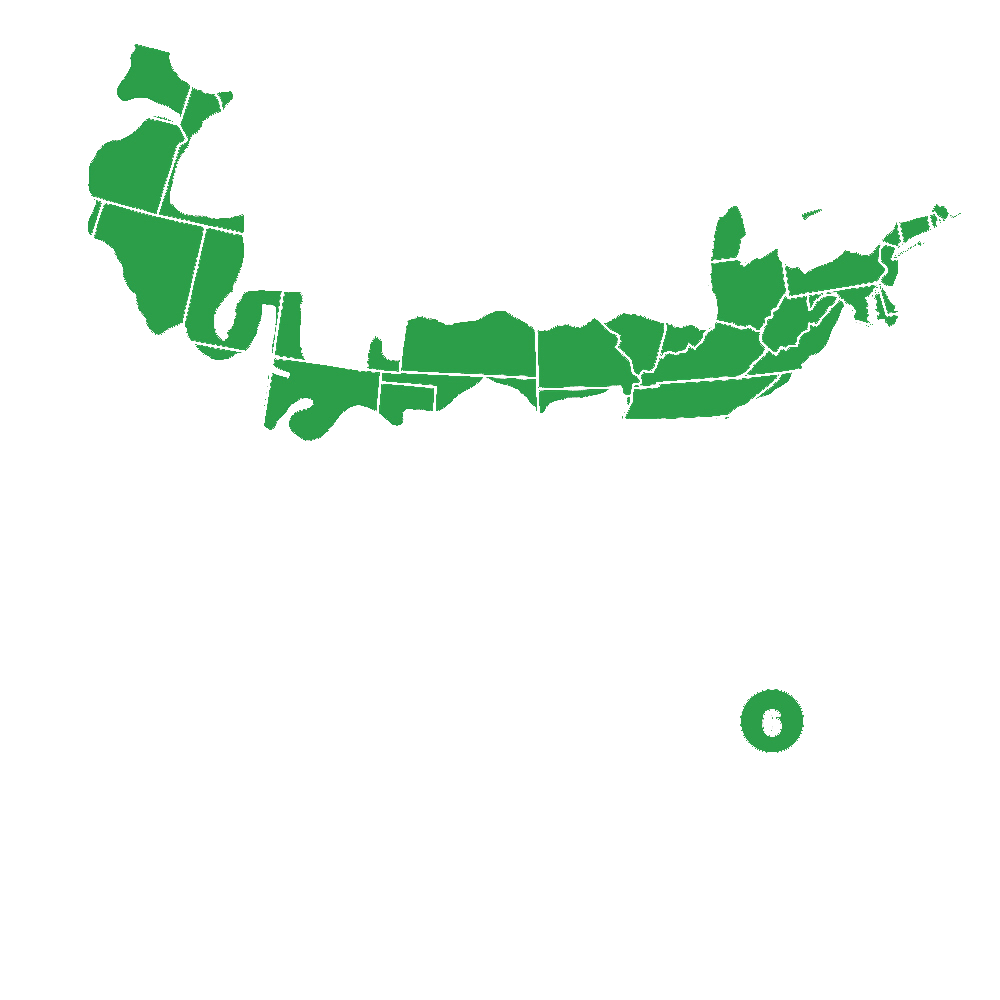
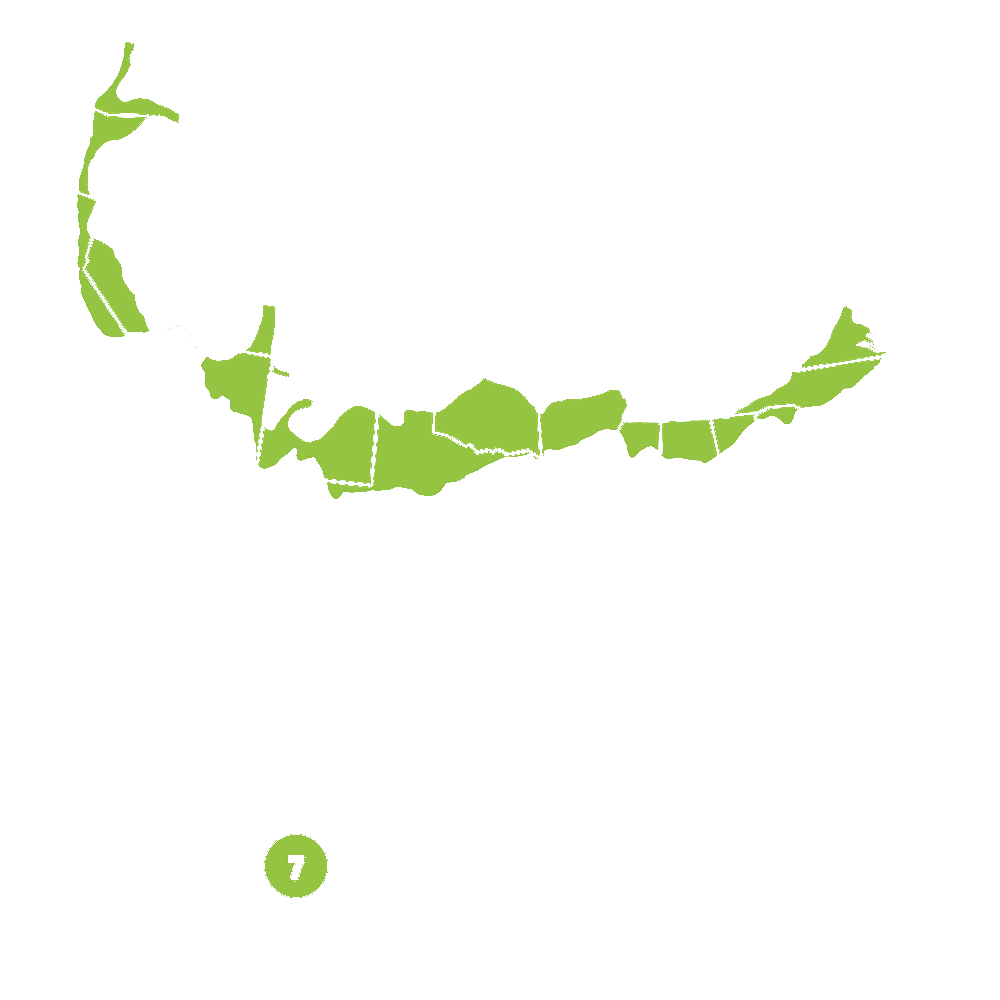
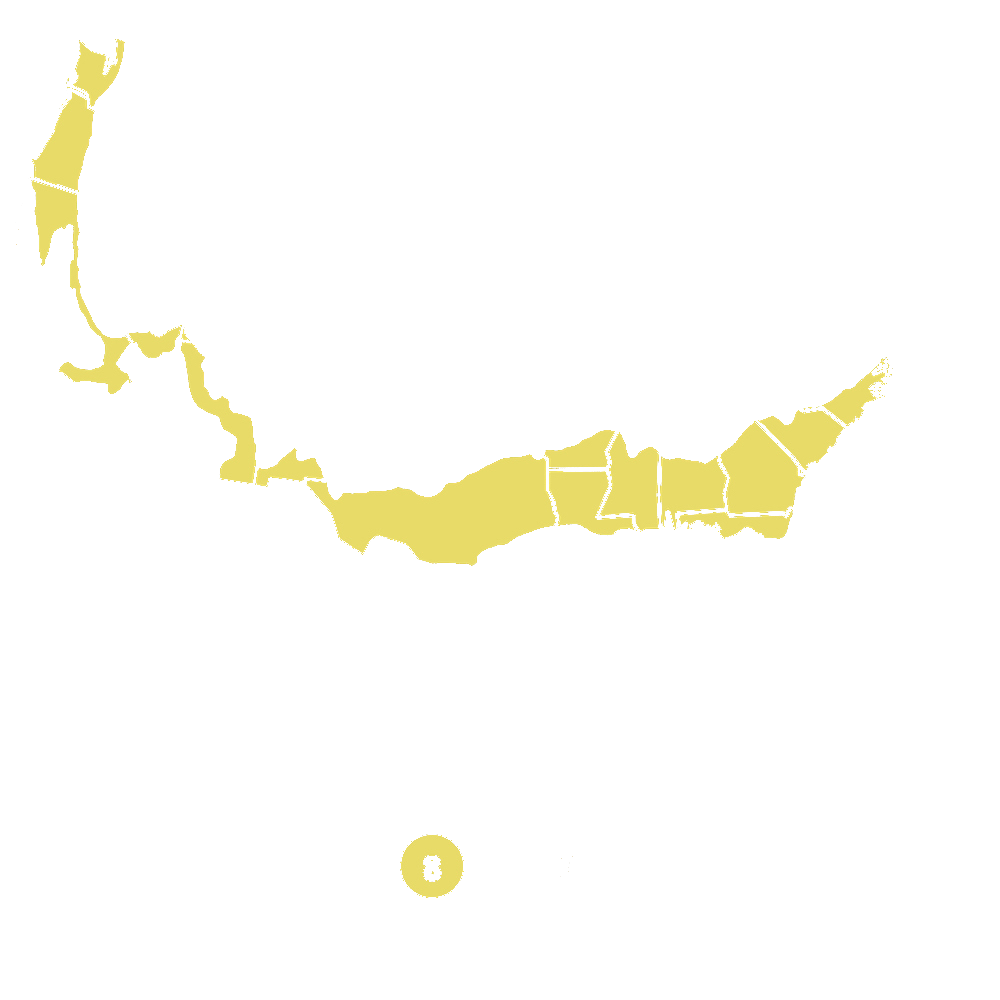
Pollination Info
Pollination Information for Woolly Thyme (Thymus pseudolanuginosus)
Overview:
Woolly Thyme is a low-growing perennial herb with small, fuzzy leaves that release a pleasant aroma when crushed. It belongs to the mint family (Lamiaceae) and is native to the rocky mountainous regions of Europe. This plant is commonly grown as a ground cover due to its hardiness and ability to spread rapidly.
Pollination:
Woolly Thyme is a self-fertile plant, which means it can produce seeds through self-pollination. However, it also relies on pollinators for increased genetic diversity and more efficient seed production. Bees are the primary pollinators of Woolly Thyme.
Flower Characteristics:
Woolly Thyme produces small, purple or pink flowers that bloom in late spring or early summer. The flowers are often arranged in clusters on short stalks. They have a tubular shape with a bilaterally symmetric structure, attracting bees with nectar as a reward.
Pollination Process:
When a bee lands on a Woolly Thyme flower, it brushes against the anthers (male reproductive parts) and collects pollen grains on its body. As the bee moves from flower to flower, some of the pollen grains are deposited onto the stigma (female reproductive part) of other flowers. This pollen transfer allows for fertilization to occur, leading to the development of seeds.
Attracting Pollinators:
To attract pollinators like bees to your Woolly Thyme plants, consider the following tips:
- Ensure a diverse range of flowering plants in your garden to provide a continuous source of food for bees.
- Avoid using pesticides that may harm or deter pollinators.
- Plant Woolly Thyme in sunny areas with well-drained soil to encourage healthy growth and abundant flower production.
- Provide a water source, such as a shallow birdbath or saucer filled with water, for bees to drink and cool off.
- Maintain a pesticide-free zone around your garden to create a safe habitat for pollinators.
Importance of Pollination:
Pollination is crucial for the survival of Woolly Thyme and other flowering plants. It allows for the transfer of genetic material, resulting in the production of seeds and the next generation of plants. Additionally, pollinators play a vital role in maintaining biodiversity and ecosystem health.
FAQ
Woolly Thyme (Thymus pseudolanuginosus) FAQ
General Information
What is Woolly Thyme?
Woolly Thyme (Thymus pseudolanuginosus) is a low-growing perennial herb that is native to the Mediterranean region. It is commonly cultivated as a ground cover due to its attractive silver-gray foliage and delicate pink to lavender flowers.
What are the main characteristics of Woolly Thyme?
Woolly Thyme features small, woolly leaves that give it a fuzzy appearance. It forms a dense mat of foliage that can reach a height of 2-4 inches (5-10 cm) and a spread of 12-18 inches (30-45 cm).
What are the uses of Woolly Thyme?
Woolly Thyme is primarily used as a ground cover in landscape and gardening applications. Its attractive foliage and ability to tolerate foot traffic make it suitable for planting between stepping stones, in rock gardens, or as a border plant. It also releases a pleasant fragrance when stepped on or brushed against.
Is Woolly Thyme deer-resistant?
Yes, Woolly Thyme is known to be deer-resistant, which makes it a great option for gardens where deer browsing is a concern.
Planting and Care
Where should I plant Woolly Thyme?
Woolly Thyme thrives in full sun to partial shade conditions. It prefers well-draining soil and is tolerant of various soil types. It is best to plant it in areas with good air circulation to prevent excessive moisture and disease problems.
When should I plant Woolly Thyme?
Woolly Thyme can be planted in the spring or fall when the soil is workable. Avoid planting during periods of extreme heat or cold.
How do I propagate Woolly Thyme?
Woolly Thyme can be easily propagated by division or stem cuttings. Dividing larger clumps in the spring or early fall or taking stem cuttings in the summer are effective ways to propagate this plant.
How often should I water Woolly Thyme?
Woolly Thyme is drought tolerant once established. It is important to allow the soil to dry out between waterings to prevent root rot. However, it should be watered regularly during the first few weeks after planting to help establish its root system.
Does Woolly Thyme require fertilization?
Woolly Thyme is a low-maintenance plant that usually doesn't require fertilization. However, if the soil is poor in nutrients, a light application of balanced organic fertilizer in the spring can be beneficial.
Maintenance
How do I prune Woolly Thyme?
Woolly Thyme requires minimal pruning. It can be lightly sheared after flowering to maintain its compact shape and encourage new growth.
How do I control weeds in my Woolly Thyme ground cover?
Woolly Thyme's dense mat of foliage helps in suppressing weed growth. However, hand-pulling weeds or using a shallow layer of mulch can further prevent weed establishment.
Does Woolly Thyme attract any pests or diseases?
Woolly Thyme is generally resistant to most pests and diseases. However, overwatering or poor drainage can lead to root rot or fungal diseases. It is important to provide adequate air circulation and avoid excessive moisture around the plant.
Harvesting and Using Woolly Thyme
When can I harvest Woolly Thyme?
Woolly Thyme leaves can be harvested at any time during the growing season. However, for the best flavor and fragrance, it is recommended to harvest the leaves just before the plant flowers.
How can I use Woolly Thyme in cooking?
Woolly Thyme leaves can be used as a culinary herb to impart a delicate fragrance and flavor to various dishes. It is especially popular in Mediterranean and Italian cuisine. It can be used fresh or dried and pairs well with roasted vegetables, meats, and in herbal tea blends.
Can Woolly Thyme be used for medicinal purposes?
Woolly Thyme has been traditionally used for its medicinal properties such as its antiseptic, antifungal, and expectorant qualities. However, it is recommended to consult a healthcare professional before using it for any medicinal purposes.
Planting & Care
Planting and Care for Woolly Thyme (Thymus pseudolanuginosus)
Planting
Follow these steps to successfully plant Woolly Thyme:
- Choose a well-draining location with full sun to part shade.
- Prepare the soil by removing any weeds, rocks, or other debris.
- Dig a hole big enough to accommodate the thyme plant's root ball.
- Carefully place the plant in the hole and cover the roots with soil, ensuring the crown is level with the ground.
- Water the plant thoroughly after planting.
Care
Here are some important care tips to ensure the health of your Woolly Thyme:
- Watering: Keep the soil consistently moist but not waterlogged, especially during the first growing season. Once established, thyme is fairly drought-tolerant.
- Fertilization: Avoid excessive fertilization, as it can negatively affect the plant's growth. A light application of organic fertilizer in early spring is usually sufficient.
- Pruning: Prune Woolly Thyme regularly to maintain its shape and prevent it from becoming woody. Trim back any dead or damaged growth to promote healthy growth.
- Pest and Disease Control: Woolly Thyme is generally resistant to pests and diseases. However, keep an eye out for common garden pests like aphids or spider mites. Treat any infestations promptly using environmentally friendly methods.
- Winter Care: In colder regions, provide a layer of mulch around the plant to protect it during winter. This will help prevent frost damage.
Uses
Woolly Thyme can be used in various ways:
- Garden Groundcover: Due to its low-growing habit and dense mat of foliage, Woolly Thyme works well as a groundcover in rock gardens, between stepping stones, or on sloping areas.
- Edible Herb: The leaves of Woolly Thyme are aromatic and can be used as a culinary herb. They add a unique and earthy flavor to various dishes and can be harvested as needed.
- Container Planting: Woolly Thyme also thrives in containers, making it a great choice for small gardens, balconies, or patios.
Check Out These Verified Customer Reviews:
Customer Reviews
4.8 out of 5 based on 40 reviews
Thank you! Your review has been submitted.
Website was easy to navigate, found what I needed quickly.
Website was easy to navigate.
Great quality thyme plants with a lovely texture and vibrant color.
Item has been added to your cart.

